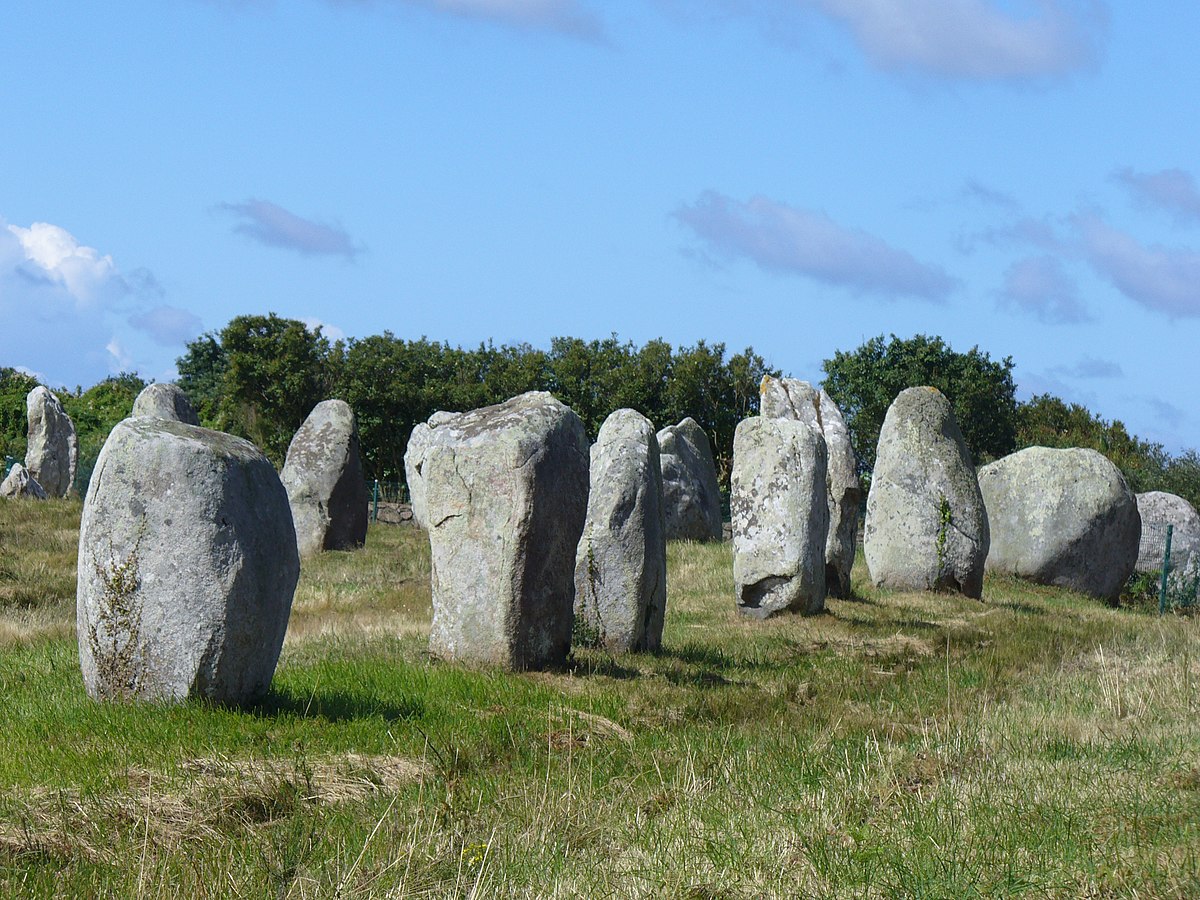Throughout human history, sacred spaces have captivated our senses with their profound acoustic properties, creating environments where sound transcends the ordinary and touches the divine. These architectural marvels, from ancient temples to medieval cathedrals, were meticulously designed to enhance spiritual experiences through the manipulation of sound waves.
The intersection of architecture, spirituality, and acoustics reveals a sophisticated understanding that our ancestors possessed about the power of sound. Modern science is only now beginning to unravel the acoustic mysteries that builders incorporated into these sacred chambers thousands of years ago, demonstrating knowledge that continues to astonish contemporary engineers and architects.
🏛️ The Ancient Science of Sacred Acoustics
Ancient civilizations understood that sound was not merely a physical phenomenon but a spiritual tool capable of altering consciousness and facilitating transcendent experiences. The builders of sacred chambers employed sophisticated acoustic engineering principles long before the development of modern physics, creating spaces where sound could resonate, amplify, and transform.
Archaeological evidence suggests that structures like the Hypogeum of Ħal-Saflieni in Malta, dating back to approximately 3300 BCE, were specifically designed to resonate at frequencies between 70 and 114 Hz. These frequencies, researchers have discovered, can induce altered states of consciousness and stimulate specific areas of the human brain associated with emotion, creativity, and spiritual experience.
Resonance Frequencies and Human Consciousness
The relationship between specific sound frequencies and human consciousness forms the foundation of sacred acoustic design. Ancient architects discovered that certain frequencies could induce physiological and psychological responses in worshippers, enhancing their spiritual experiences and creating a sense of connection with the divine.
Scientific studies have confirmed that low-frequency sounds, particularly those below 100 Hz, can affect human brain activity, heart rate, and emotional states. These infrasonic frequencies, often imperceptible to conscious hearing, create visceral sensations that ancient peoples interpreted as the presence of the divine or supernatural forces.
🕌 Architectural Elements that Shape Divine Sound
The acoustic wonders of sacred chambers result from careful attention to architectural details that control how sound waves travel, reflect, and resonate within enclosed spaces. Every element, from ceiling heights to wall materials, contributes to the overall acoustic signature of these remarkable structures.
Geometry and Sacred Proportions
The geometric configurations of sacred spaces often follow mathematical principles that optimize acoustic performance. Domes, vaults, and specific proportional relationships between length, width, and height create standing wave patterns that enhance certain frequencies while dampening others.
The Pantheon in Rome exemplifies this principle perfectly. Its massive dome, with a diameter equal to its height from the floor, creates an acoustic environment where sounds are distributed evenly throughout the space, allowing even whispered prayers to be heard clearly across the vast interior.
Material Selection and Sound Reflection
Ancient builders carefully selected materials for their acoustic properties. Stone, marble, and specific types of plaster were chosen not only for their durability but also for how they reflected and absorbed different sound frequencies. The combination of hard, reflective surfaces with strategic areas of absorption created balanced acoustic environments suitable for chanting, music, and spoken ritual.
Gothic cathedrals demonstrate masterful use of stone and glass to create reverberation times of six to eight seconds, transforming simple chants into ethereal, otherworldly soundscapes. This extended reverberation obscures individual words while emphasizing the harmonic content of music, creating an atmosphere of mystery and transcendence.
🎵 The Role of Reverberation in Spiritual Experience
Reverberation, the persistence of sound after its source has stopped, plays a crucial role in how we perceive acoustic spaces. Sacred chambers utilize extended reverberation times to create immersive sonic environments that envelop worshippers in sound, separating the sacred space acoustically from the mundane world outside.
The reverberation characteristics of sacred spaces serve multiple purposes. They enhance musical performances, particularly polyphonic choral music and organ works, by blending individual notes into rich harmonic textures. This acoustic phenomenon supports the liturgical function of these spaces while creating an atmosphere conducive to meditation and contemplation.
Measuring the Divine: Reverberation Time Analysis
Modern acoustic measurements reveal that the most revered sacred spaces share common reverberation characteristics. Cathedrals typically exhibit reverberation times between four and eight seconds in the mid-frequency range, while smaller chapels maintain shorter times of two to four seconds, each creating distinct acoustic signatures suited to their specific ritual purposes.
These carefully calibrated acoustic environments required precise architectural planning and construction techniques. The absence of modern acoustic materials meant that builders relied entirely on spatial geometry and material properties to achieve desired acoustic effects, demonstrating remarkable intuitive understanding of sound physics.
🌍 Global Examples of Acoustic Sacred Architecture
Sacred chambers with extraordinary acoustic properties exist across diverse cultures and historical periods, each reflecting unique approaches to manipulating sound for spiritual purposes. These structures represent humanity’s universal quest to create spaces where the divine and human realms intersect through sound.
The Whispering Galleries Phenomenon
Certain circular or elliptical chambers create “whispering gallery” effects, where sounds travel along curved walls with minimal loss of energy. The Whispering Gallery in St. Paul’s Cathedral, London, allows whispers spoken against one wall to be heard clearly on the opposite side, 112 feet away, creating an acoustic marvel that continues to fascinate visitors.
This phenomenon results from the precise curvature of the dome and the smooth stone surface that reflects sound waves tangentially around the circumference. Ancient architects incorporated similar designs in temples and ceremonial chambers, possibly to create impressions of divine communication or to facilitate secret conversations among priests.
Mayan Pyramid Acoustic Effects
The stepped pyramid of Kukulkan at Chichen Itza produces a remarkable acoustic effect when visitors clap at the base of the stairway. The echo returns as a chirping sound that closely mimics the call of the quetzal, a bird sacred to Maya culture. This acoustic phenomenon, whether intentional or coincidental, demonstrates the sophisticated relationship between architecture and sound in Mesoamerican sacred sites.
Research suggests that Maya builders understood sound propagation and intentionally designed structures to produce specific acoustic effects. The ball courts at various Maya sites exhibit acoustic properties that allowed spoken words to be heard clearly across distances exceeding 500 feet, facilitating ceremonial communication and reinforcing the power of rulers and priests.
🔬 Modern Scientific Investigation of Ancient Acoustics
Contemporary researchers employ advanced technology to analyze and understand the acoustic properties of sacred chambers. Laser scanning, 3D modeling, and sophisticated acoustic measurement equipment reveal design principles that remained hidden for centuries, bridging ancient wisdom and modern science.
Archaeoacoustics: A New Field of Study
The emerging field of archaeoacoustics examines how ancient peoples used and understood sound in architectural and ritual contexts. Researchers use acoustic simulation software to recreate the original sound environments of archaeological sites, providing insights into how these spaces functioned during ceremonies and rituals.
Studies of megalithic structures like Newgrange in Ireland and Stonehenge in England reveal that these ancient monuments were positioned and constructed to interact with specific sound frequencies. The chambers within these structures amplify male vocal ranges, particularly around 110 Hz, suggesting that ritual chanting formed a central component of ceremonies performed within them.
Neuroacoustics and Spiritual States
Neurological research explores how the acoustic properties of sacred spaces affect brain function and consciousness. Functional MRI studies show that specific acoustic environments can activate brain regions associated with emotional processing, memory, and transcendent experiences, providing scientific validation for the subjective reports of spiritual transformation in these spaces.
The combination of architectural acoustics with rhythmic music, chanting, or drumming creates multisensory experiences that can induce trance states, enhance group bonding, and facilitate emotional catharsis. These effects result from the interplay between physical sound waves and neurological processing, revealing the biological basis for spiritual experiences facilitated by sacred architecture.
🎼 Musical Traditions Shaped by Sacred Acoustics
The acoustic properties of sacred chambers directly influenced the development of musical traditions, instruments, and compositional techniques. Composers and musicians adapted their art to exploit and complement the unique sonic characteristics of the spaces where their music would be performed.
Polyphony and Cathedral Acoustics
The extended reverberation of Gothic cathedrals fostered the development of polyphonic music, where multiple independent melodic lines interweave to create complex harmonic textures. Composers learned to account for how reverberation would blend individual notes, creating compositions with slower tempos and clearer rhythmic articulation suited to reverberant environments.
The organ, with its sustained tones and rich harmonic content, became the quintessential instrument for sacred spaces precisely because its sound characteristics complement long reverberation times. The instrument’s ability to fill vast volumes with sustained sound creates an immersive acoustic experience that reinforces the transcendent atmosphere of sacred architecture.
Chant and Acoustic Resonance
Gregorian chant and similar monophonic vocal traditions evolved in direct response to the acoustic properties of stone churches and monasteries. The modal melodies, narrow pitch ranges, and rhythmic flexibility of chant music allow the human voice to resonate effectively within reverberant spaces, creating the illusion that sound emanates from the architecture itself rather than from individual singers.
The practice of positioning choirs in specific locations within sacred spaces demonstrates sophisticated understanding of acoustic principles. Choir lofts, elevated positions, and locations behind screens or in apses exploit acoustic reflection and diffusion to project sound effectively throughout the space while maintaining the mystery and otherworldliness of the musical source.
⚡ Contemporary Applications of Sacred Acoustic Principles
Modern architects, acoustic engineers, and sound designers draw inspiration from ancient sacred acoustics when creating contemporary spaces for contemplation, performance, and spiritual practice. The principles discovered through studying historical sacred chambers inform the design of concert halls, meditation centers, and modern religious buildings.
Concert Hall Design and Sacred Acoustics
Many acclaimed concert halls incorporate acoustic principles first developed in sacred architecture. The “shoebox” design of venues like Vienna’s Musikverein and Boston’s Symphony Hall mirrors the proportional relationships found in Baroque churches, creating acoustics celebrated for their warmth, clarity, and enveloping quality.
Contemporary acoustic consultants use computer modeling to simulate how different architectural configurations will affect sound propagation, applying lessons learned from centuries of sacred architecture. Variable acoustics systems in modern performance venues allow spaces to adapt their acoustic characteristics, mimicking the reverberant qualities of cathedrals for choral music or the clarity of smaller chapels for chamber ensembles.
Sound Healing and Acoustic Therapy
The therapeutic applications of sound, rooted in ancient sacred practices, have gained renewed attention in contemporary wellness culture. Sound healing practitioners create acoustic environments that replicate the resonant properties of sacred chambers, using singing bowls, gongs, and other instruments to produce frequencies believed to promote healing and balance.
Research into the physiological effects of sound validates some traditional claims about sonic healing. Specific frequencies have been shown to reduce stress hormones, lower blood pressure, and promote relaxation responses. Modern sound therapy studios often incorporate architectural acoustic treatments inspired by sacred spaces to optimize the therapeutic impact of sound interventions.
🏗️ Preserving and Protecting Acoustic Heritage
As awareness grows regarding the acoustic significance of sacred chambers, preservation efforts increasingly consider sound as an essential aspect of cultural heritage. Acoustic documentation projects record the sonic signatures of historically important spaces, creating archives that preserve these intangible qualities for future generations.
Restoration and renovation of sacred spaces now incorporate acoustic considerations alongside structural and aesthetic concerns. Acoustic consultants work with preservation architects to ensure that modifications do not compromise the unique sound qualities that make these spaces culturally and spiritually significant. Climate control systems, lighting installations, and accessibility improvements must be carefully designed to avoid introducing noise or altering the acoustic environment.
Digital Preservation and Virtual Acoustics
Advanced recording techniques and acoustic modeling allow researchers to capture and recreate the acoustic properties of sacred chambers digitally. Virtual reality applications enable people worldwide to experience the unique acoustics of famous sacred spaces, democratizing access while protecting fragile historical sites from the wear of excessive visitation.
These digital preservation efforts serve educational, research, and artistic purposes. Musicians can aurally experience how their performances would sound in historically significant spaces, composers can write music suited to specific acoustic environments, and researchers can compare the acoustic properties of diverse sacred structures across cultures and historical periods.
🌟 The Future of Sacred Sound Spaces
As we deepen our understanding of how acoustic environments affect human consciousness and well-being, new opportunities emerge for creating spaces that harness sound for spiritual, therapeutic, and communal purposes. Contemporary designers blend ancient wisdom with modern technology to craft acoustic environments that serve the needs of diverse spiritual and secular communities.
The revival of interest in sacred acoustics reflects broader cultural trends toward mindfulness, meditation, and holistic well-being. As people seek spaces that offer respite from the noise and distraction of modern life, the acoustic principles embodied in sacred chambers provide valuable guidance for creating environments that nurture contemplation, creativity, and connection.
Whether through preservation of historical sacred spaces, application of ancient acoustic principles to contemporary architecture, or innovative approaches to sound design, the divine sound of sacred chambers continues to inspire and transform human experience. These acoustic wonders remind us that architecture can be more than shelter—it can be an instrument that resonates with the deepest aspects of human consciousness, creating spaces where the material and spiritual worlds converge through the universal language of sound.
Toni Santos is a visual researcher and educational designer specializing in tactile learning tools, exploring how hands-on, sensory experiences can illuminate ancient construction techniques, lost technologies of early civilizations, sacred geometries and earth alignments, and mysterious energy sources. Through embossed maps, textured models, and handcrafted manipulatives, Toni investigates how physical interaction deepens understanding, memory, and creativity, while uncovering the subtle ways these tools convey knowledge across cultures and ages. Blending design theory, educational psychology, and archival research, Toni curates case studies, visual explorations, and instructional resources that celebrate the craft, innovation, and cognitive power of touch-based learning, inviting educators, designers, and curious minds to engage with the hidden patterns and energies that have shaped human history.




